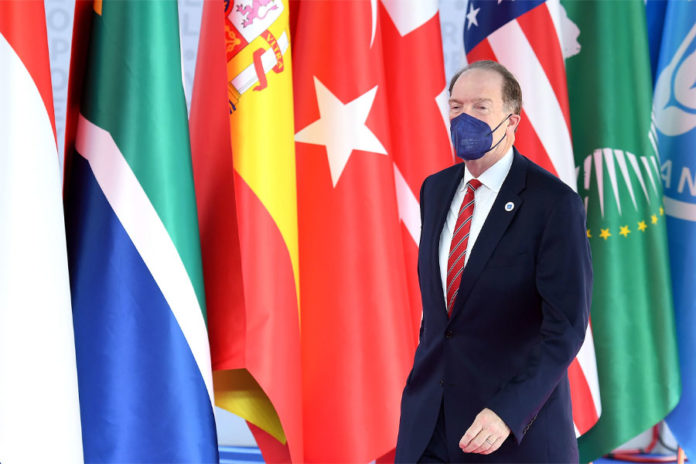
It is well known that commodity prices increase during wars and this time is no exception. Even more so when one of the contenders is Russia, the third largest producer of one of every 10 barrels of world oil production. Additionally, both contenders Russia and Ukraine produce together almost 30 percent of world exports of wheat. Therefore, oil prices have reached over $100 per barrel and gasoline prices in the United States are close to $4 per gallon. Meanwhile at the Chicago Board Trade, last week, wheat futures increased 5.43 percent, the highest increase among all the other quoted agricultural commodities.
To complicate matters, the military confrontation in Eastern Europe is happening when the world economy is pulling out of the severe downfall inflicted by the pandemic and is confronting inflationary pressures unseen in 40 years.
For those who remember, the present situation may bring back memories of another shock inflicted on the world economy in the mid-seventies by the oil embargo. This worsened already rising inflationary pressures in the United States, driven by domestic spending and by financing the war in Vietnam. It should also be recalled that to end the cycle of stagnation with inflation, known as “stagflation,” required submitting the US economy to the 1981-1982 recession, which finally broke the inflationary spiral.
*International analyst and consultant, former Director ECLAC Washington. Commentator on economic and financial issues for CNN en Español TV and radio, UNIVISION, TELEMUNDO and other media.























